The 2024 Nobel prize in physics has been jointly awarded to John Hopfield and Geoffery Hinton ‘for foundational discoveries and inventions that enable machine learning with artificial neural networks’.
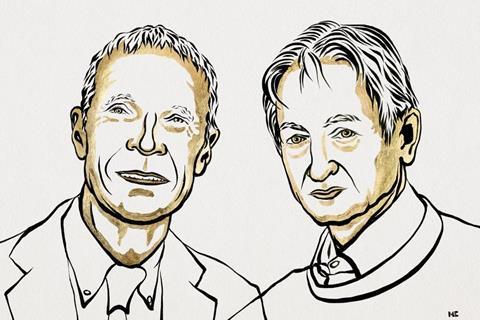
Hopfield from Princeton University, US and Hinton from the University of Toronto, Canada were praised by the Nobel committee for ‘using fundamental concepts and methods from physics’, to develop technologies with ‘the greatest benefit to humankind’, said the chair of the Nobel committee, Ellen Moons.
Since their creation in the 1980s, artificial neural networks (ANNs) have evolved into a cornerstone of modern technology, powering everything from smartphone applications to cutting-edge scientific research. Inspired by neurons in the brain, ANNs operate through networks of artificial ‘neurons’ or nodes connected by ‘synapses’ that can be trained to complete specific tasks instead of simply following preset instructions.
In the 1970s, Hopfield, a pioneer in biological physics, was investigating electron transfers between biological molecules. He wanted to develop computational tools to probe more complicated biological systems which led him to consider the dynamics of simple neural networks that would be able to identify features and phenomena resulting from the interaction of isolated components. In 1982, Hopfield published a study on a simple neural network with associative memory that could store and reconstruct patterns in data.
Hinton, who specialised in experimental psychology and artificial intelligence, built on this work by employing concepts from statistical physics, the science of systems built from many similar entities. This resulted in the invention of a new network that learns by example by analysing large datasets, which allows it to recognise patterns within the data. This ‘training’ process helps the network predict events that are highly likely to happen, such as autonomously identifying specific elements in images, thereby advancing the development of large deep learning ANNs now in use.
Hinton, known as ‘the godfather of artificial intelligence’, said on the phone to the Nobel prize press conference that he was ‘flabbergasted’ to receive the prize. When asked by the audience about the significance of the technology his research helped usher in, he said, ‘it will be comparable with the industrial revolution. But instead of exceeding people in physical strength, it’s going to exceed people in intellectual ability. We have no experience of what it’s like to have things smarter than us.’
Today, AI is a transformative force, from performing complex data analysis and applications in materials science, to facial recognition and medical diagnostics. Among its most sophisticated applications is AlphaFold, a tool for predicting protein structures that exemplifies the capabilities of modern deep learning ANNs. However, despite the revolutionary potential of ANNs, ‘we also have to worry about a number of possible bad consequences, particularly the threat of these things getting out of control’, cautions Hinton.


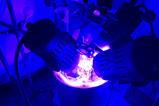
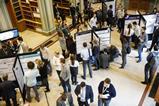

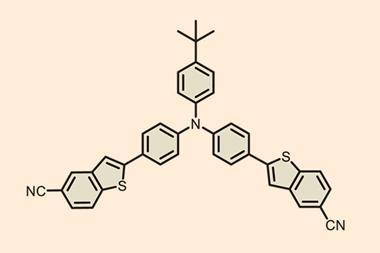
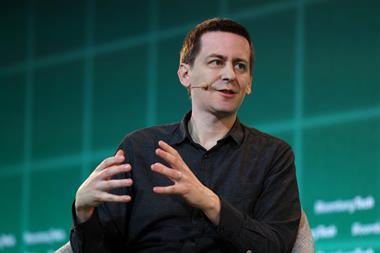

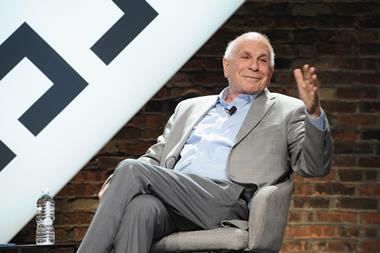
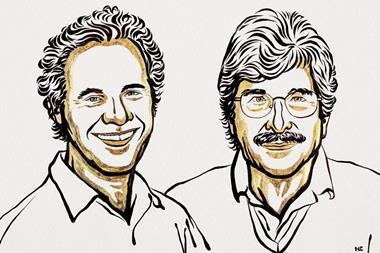


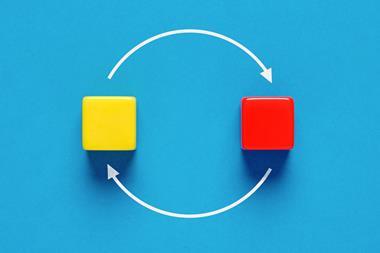


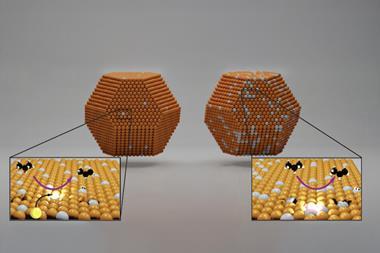
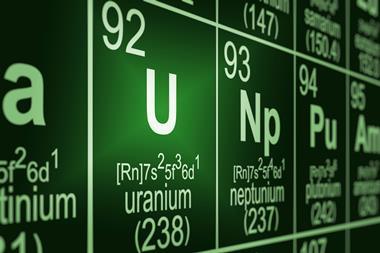
No comments yet